Depredation Mitigation Device
WHAT ARE DMDs?
Depredation Mitigation Devices, also known as DMDs, are devices designed to mitigate the effects of depredation.
Depredation in longline fisheries, whereby the hooked target catch is consumed/ partially consumed by a marine animal, not only induces financial losses through a direct loss of catch but can also lead to injury or entanglement of the non-target species. Depredation events are commonly perpetrated by marine mammals and sharks, from longlines and nets. Various devices have been suggested to mitigate this.
Devices which in various ways “protect” or “cage” the hooked target catch have been suggested, all operating via a mechanism which triggers when a fish is hooked. The proposed designs function by encapsulating and protecting the hooked fish, predominantly by resembling a cage or set of tentacle legs which are dropped down over the fish when downward pressure is applied as the fish takes the bait on the hook.

Source: Rabearisoa et al. 2015
CURRENT RESEARCH & USE
“Chain” and “Cage” devices were tested in an Australian tuna pelagic longline fishery and it was found that toothed-whales did not interact with the catch when protected by the devices. Separate studies were conducted in the Seychelles tuna pelagic longline fishery, trialling both a “spider” and a conical “sock” design. These reported limited success.
Further developments of these devices have led to the engineering of the device pictured above, the DEPRED device, which not only covers the fish with the lower streamers but additionally deters predators with the upper streamers which freely sway in the water. Initial results from these DEPRED trials were more successful at reducing harmful interactions between hooked target fish and non-target species (in this case, dolphins). However, this device’s use specifically as a bycatch mitigation strategy (rather than as a depredation reduction strategy) is yet to be fully investigated.
This page was last updated on 12.02.21.
Interested in how this and other measures could mitigate bycatch in your fishery? Get in touch with us to collaborate or take part in a study.

